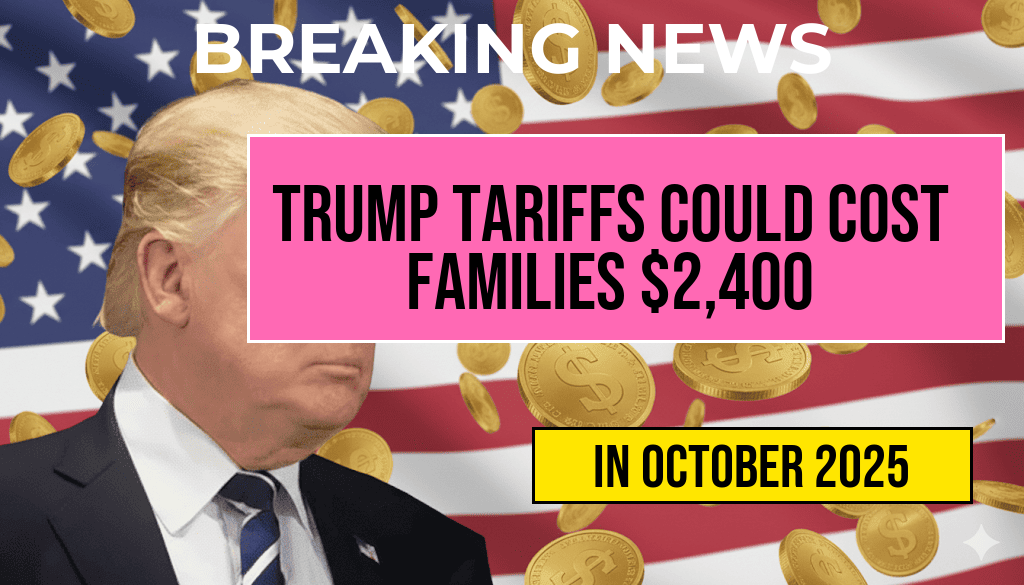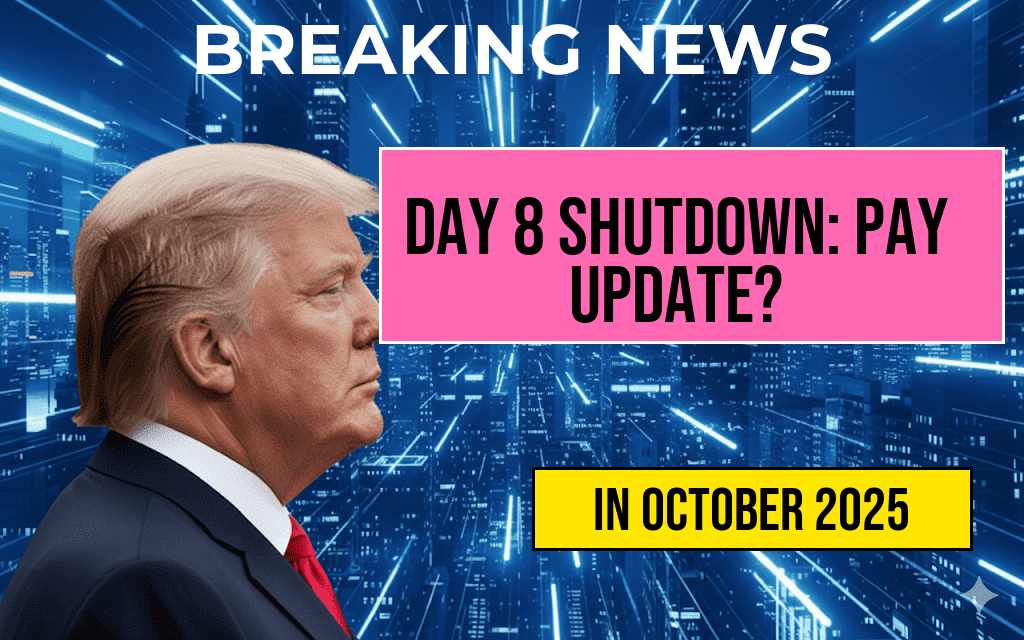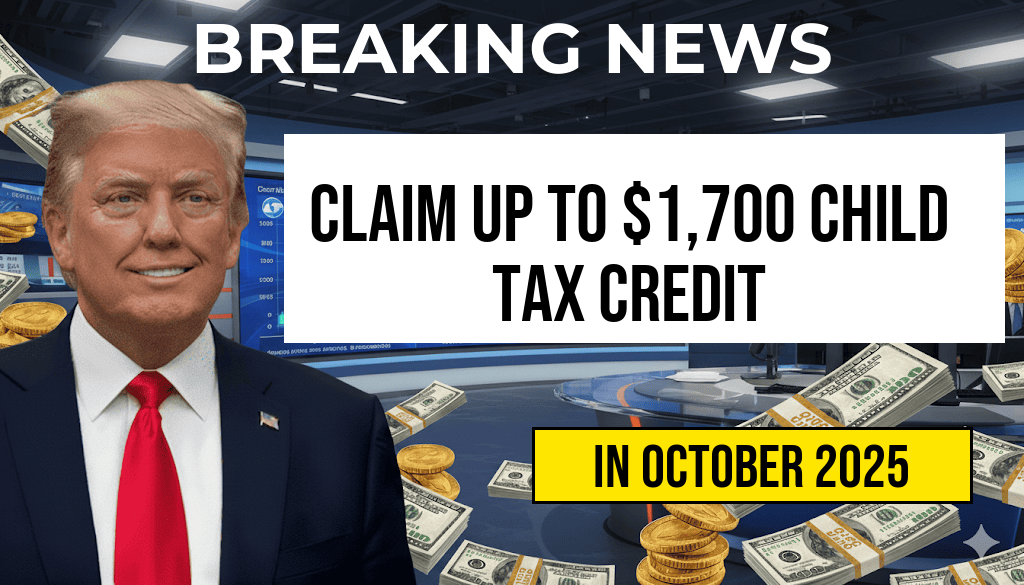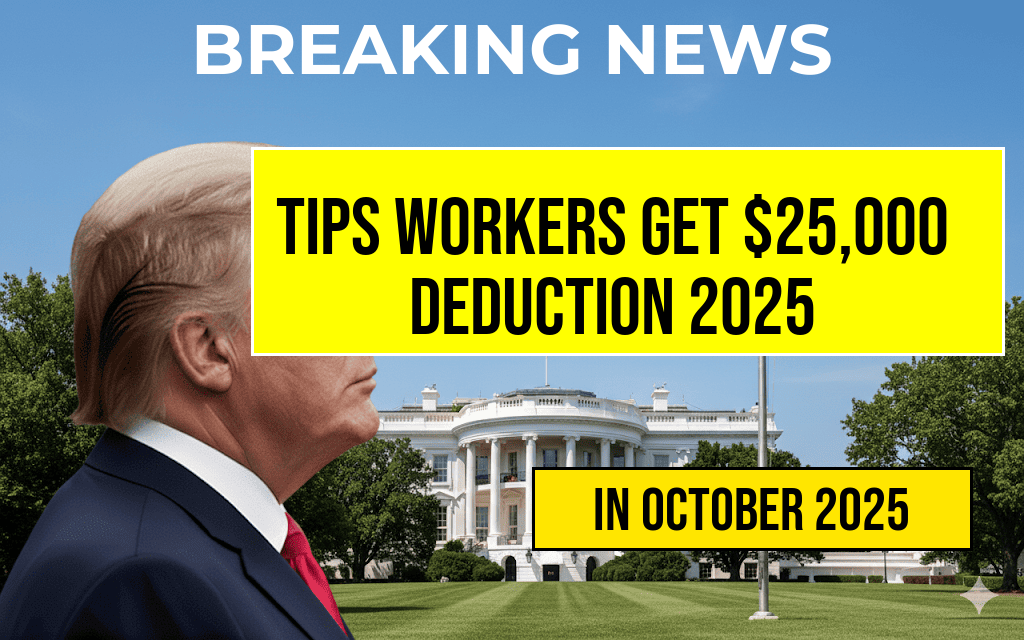Recent analysis suggests that ongoing trade policies under former President Donald Trump could be quietly increasing the average American family’s annual expenses by approximately $2,400. This increase is largely attributed to what economic analysts are calling the “Turbulence Tax”, a term used to describe the cumulative effect of tariffs imposed on imported goods. These tariffs, which aimed to bolster domestic manufacturing and negotiate better trade terms, have instead contributed to higher prices across a broad spectrum of consumer products, from electronics to everyday household items. As policymakers debate the future of trade policy, many families are feeling the pinch without fully understanding the underlying causes of rising costs.
The Roots of the ‘Turbulence Tax’
Initiated during the Trump administration, tariffs targeted key sectors such as steel, aluminum, and Chinese imports. While intended to protect American industries, these duties often resulted in retaliatory measures from trading partners, leading to a ripple effect that raised costs for manufacturers and, ultimately, consumers. Economists warn that these tariffs act as a hidden tax, subtly inflating prices across supply chains.
How Tariffs Translate Into Family Expenses
Tariffs influence the prices of goods at multiple levels—importers, retailers, and consumers. For instance, tariffs on steel and aluminum increase manufacturing costs, which companies often pass on to buyers. This cost transfer impacts a wide array of products, including:
- Automobiles and parts
- Electronics and appliances
- Furniture and home goods
- Food products, especially processed items
A recent report from the Economics Help website estimates that tariffs could add approximately $300 annually per household for electronics alone, with similar increases in other categories. When combined, these incremental costs aggregate to roughly $2,400 per family every year, affecting household budgets and discretionary spending.
Economic Impact and Consumer Behavior
Shifts in Spending Patterns
As prices rise, families tend to adjust their purchasing habits, often buying fewer imported goods or seeking domestic alternatives. This shift can lead to increased demand for U.S.-made products, potentially creating shortages or price hikes in local markets. Retailers also face higher procurement costs, which may lead to reduced product variety or increased prices for consumers.
Broader Market Effects
The tariffs’ influence extends beyond direct price increases. They contribute to market uncertainty, which can dampen investment and slow economic growth. Businesses may delay expansion plans or layoffs, further impacting household income and spending power. Analysts from the Forbes warn that these ripple effects could persist, making the “Turbulence Tax” a long-term concern for economic stability.
Policy Debates and Future Outlook
| Product Category | Estimated Cost Increase |
|---|---|
| Electronics | $300 |
| Automobile Parts | $500 |
| Furniture and Household Goods | $400 |
| Food Products | $300 |
| Miscellaneous Imports | $900 |
| Total | $2,400 |
As the Biden administration considers tariffs’ future, critics argue that the economic costs outweigh the intended protectionist benefits. Some policymakers advocate for targeted measures that shield American industries without significantly inflating consumer prices. Others call for comprehensive trade reforms that prioritize free trade agreements and reduce reliance on tariffs.
The Consumer Perspective
For families, the practical effect of the “Turbulence Tax” is felt at checkout counters. While wages have generally kept pace with inflation, the rising cost of imported goods means less disposable income for vacations, savings, or other priorities. Consumer advocacy groups emphasize the importance of transparency, urging shoppers to be aware of how trade policies influence everyday expenses.
Expert Advice for Families
- Shop around for domestic alternatives when possible.
- Monitor prices regularly to identify the best deals.
- Support local businesses to help offset broader economic impacts.
As trade dynamics evolve, understanding the hidden costs associated with tariffs becomes crucial for families managing tight budgets. While the debate over tariffs continues in political circles, their tangible impact on household expenses underscores the importance of balanced trade policies that consider both economic security and consumer welfare.
Frequently Asked Questions
Question
What is the ‘Turbulence Tax’ and how does it affect family expenses?
Question
How might Trump tariffs increase annual costs for families by $2,400?
Question
Which goods and products are most impacted by the tariffs, leading to higher prices?
Question
Can consumers or families take steps to mitigate the financial impact of these tariffs?
Question
What are the potential long-term effects of the ‘Turbulence Tax’ on household budgets and the economy?










